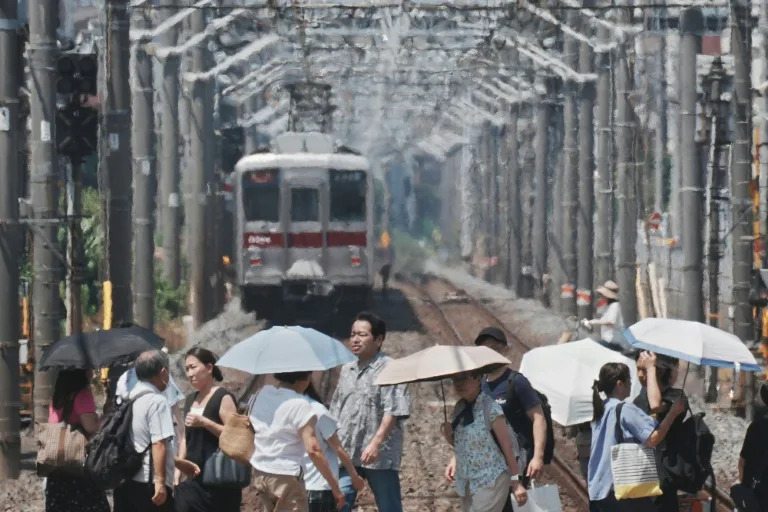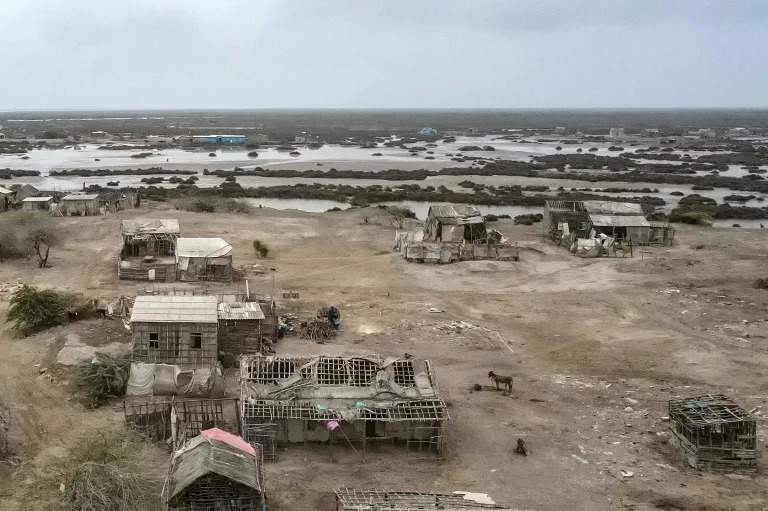KABUL, Afghanistan (AP) — In Kabul’s alleys and courtyards, boys in white caps and tunics recite verses from the Quran in a growing network of madrassas, the religious schools increasingly filling the gaps in Afghanistan’s fractured education system.
While public schools still operate, their reach has been weakened by limited resources, teacher shortages and decades of conflict. In response, many families now turn to madrassas, which offer structured learning rooted in Islamic teachings. Enrollment is booming. One school north of Kabul has grown from 35 students to more than 160 in five years.
Most madrassas focus on Quranic memorization, jurisprudence and Arabic, but some now include basic secular subjects like math and English. Still, many fall short of national and international education standards, raising concerns about the long-term impact on students’ broader development.
Girls face even greater challenges. With secondary education banned under Taliban policy, some girls now attend madrassas as one of the few remaining options for continued learning though opportunities are limited even there.
Critics say the madrassas are often centers of religious indoctrination and their increased popularity will have long-lasting consequences for Afghanistan’s future.
But for many children, these schools are the only form of education they can access.
___
Associated Press religion coverage receives support through the AP’s collaboration with The Conversation US, with funding from Lilly Endowment Inc. The AP is solely responsible for this content.






Comments